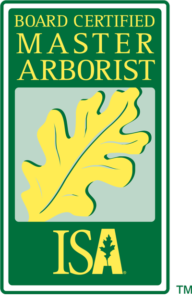Tree Fertilization: When, Why, and How
Introduction
Fertilizing your trees may not be at the forefront of your mind, but it plays a crucial role in ensuring their long-term health and growth. However, the timing, type of fertilizer, and method you use can greatly affect the success of your efforts. This comprehensive guide will walk you through the optimal seasons for tree fertilization.
Why Fertilize Trees?
Fertilizing is essential for providing trees with the nutrients they need, especially when they’re situated in urban or suburban settings where soil quality can be compromised.
- Promotes Growth: A well-fertilized tree is a healthy, growing tree.
- Boosts Resistance: Fertilization aids in increasing the tree’s resistance to diseases and pests.
- Enhances Beauty: Proper fertilization can make your tree’s foliage more vibrant and its blooms more plentiful.
Best Seasons to Fertilize Trees
Spring
Spring is often the first choice for tree fertilization. As the tree emerges from its winter dormancy, the additional nutrients help kickstart its growth.
Early Summer
The early part of the summer is the second-best time to fertilize your trees. Doing so during this period helps the tree prepare for the hot summer months.
Fall
While spring and early summer are optimal for fertilizing most types of trees, some specific varieties may benefit from a fall application. Fall fertilization helps prepare the tree for the winter season ahead.
The Right Fertilizer
Choosing the right type of fertilizer is crucial. A soil test can guide you toward the best choice for your specific trees and local conditions. Slow-release fertilizers are generally recommended for their long-lasting effects.
Methodology: How to Fertilize
You can apply fertilizer in various ways, but deep root fertilization is generally considered the most effective.
Conclusion
Fertilizing your trees at the right time can make a significant difference in their overall health and longevity. Regardless of the season you choose, always opt for a soil test and consult with experts before taking any steps.
For further assistance and consultation, you can contact us.


